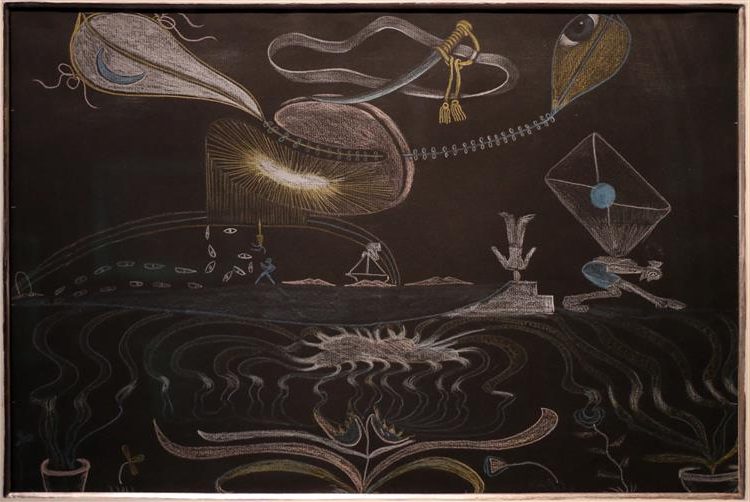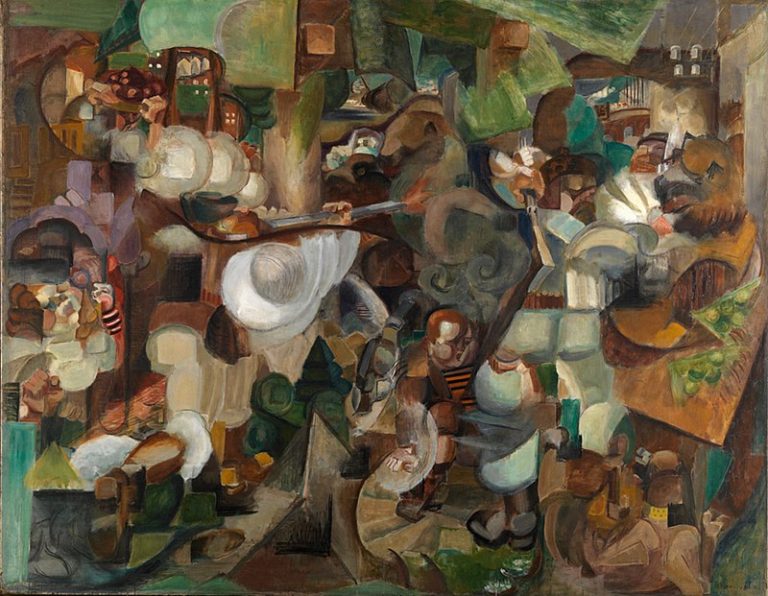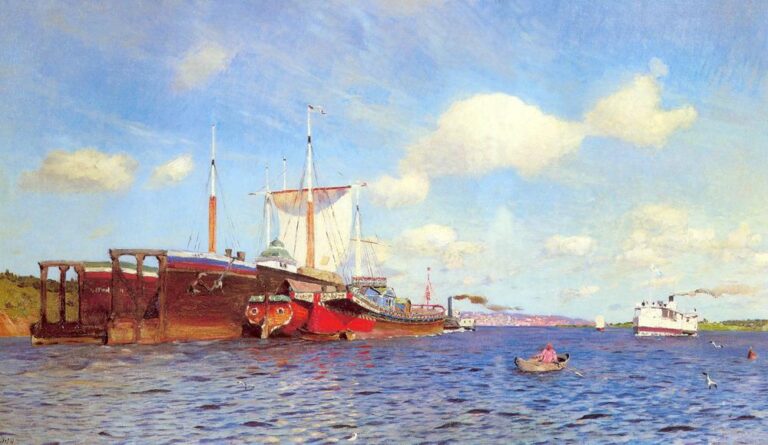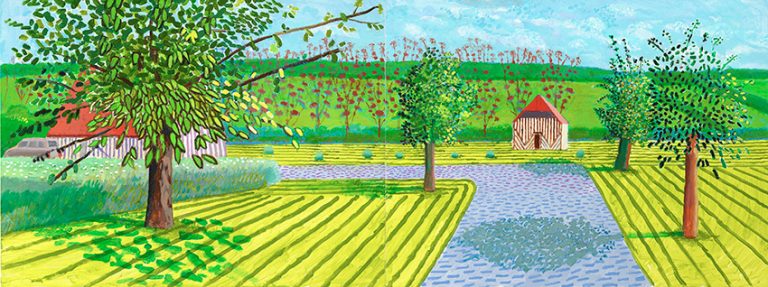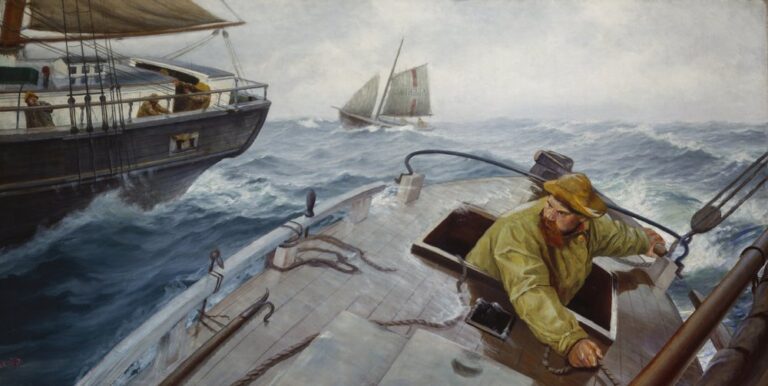Valentine Hugo: Painter and Surrealist Icon of 1920s Paris
Born: 16 March 1887, Boulogne-sur-Mer, France
Death: 16 March 1968, Paris, France
Art Movement: Surrealism
Nationality: French
Influenced By: Edmond Aman-Jean
Institution: L’École des Beaux-Arts, Paris
Valentine Hugo: Painter and Surrealist Icon of 1920s Paris
Life and Artistic Beginnings
Valentine Hugo began her artistic journey in late 19th century France. Her early experiences and education shaped her unique artistic vision.
Early Life in Boulogne-sur-Mer
Valentine Hugo was born Valentine Marie Augustine Gross in 1887. She grew up in Boulogne-sur-Mer, a coastal town in northern France. Her father was a musician, which exposed her to the arts from a young age.
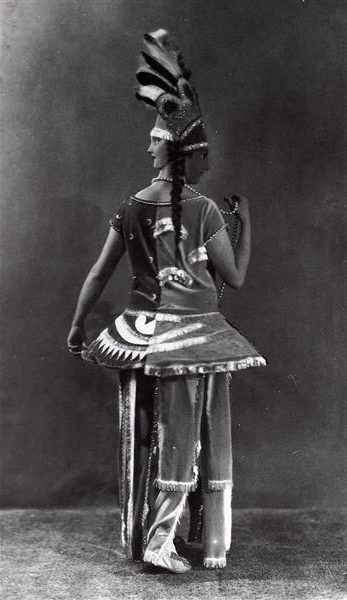
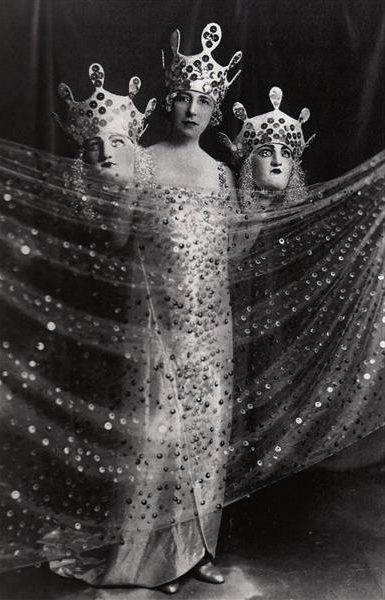
Hugo showed talent for drawing early on. Her family supported her artistic interests. This nurturing environment helped spark her creativity.
Formative Years at École des Beaux-Arts
In 1907, Hugo moved to Paris to study at the prestigious École des Beaux-Arts. This marked a key step in her artistic development.
At the school, she learned traditional painting techniques. Hugo spent time in Jacques Fernand Humbert’s workshop. In 1909, she had her first showing at the Salon des artistes français.
These experiences built her technical skills. They also exposed her to new artistic ideas circulating in Paris.
Influence of Avant-Garde and Surrealism
Paris in the early 1900s was a hub for avant-garde art movements. Hugo became fascinated by these new ideas.
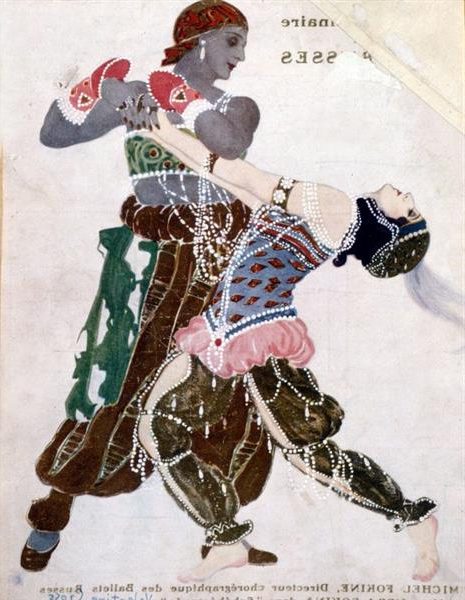
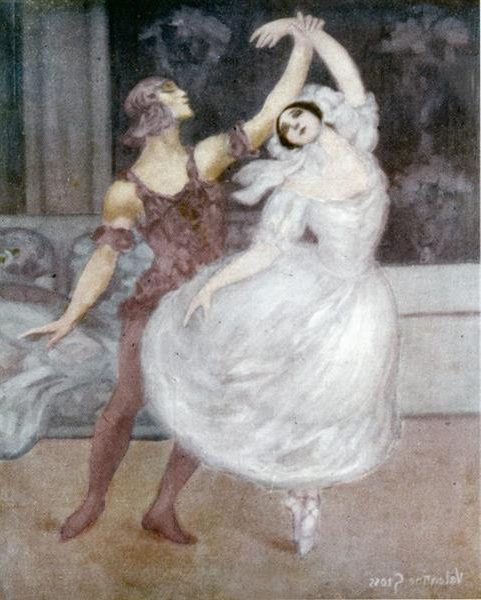
She met influential artists like Edmond Aman-Jean. These connections shaped her artistic style. Hugo began exploring surrealist themes in her work.
Her art combined traditional techniques with modern concepts. This blend made her work stand out. It helped establish Hugo as an important figure in French surrealism.
Career Highlights and Collaborations
Valentine Hugo worked with many famous artists and made important contributions to art movements. She created designs for theater and dance that were widely admired.
Partnerships with Iconic Artists
Hugo collaborated with Pablo Picasso and Jean Cocteau on theater projects. She designed costumes for Cocteau’s ballet “Les Mariés de la Tour Eiffel” in 1921. This work helped establish her reputation in the Paris art world.
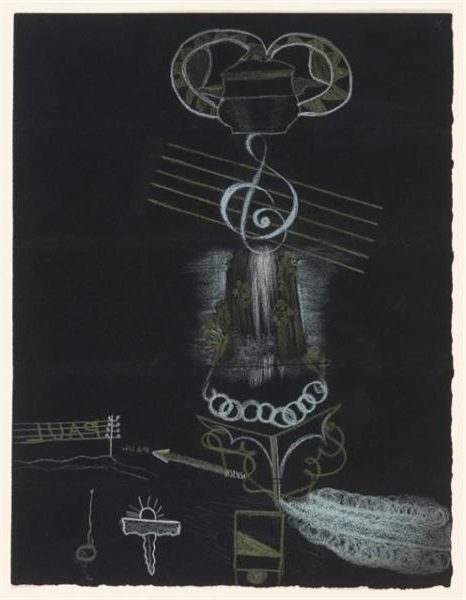

In the 1920s, Hugo became friends with surrealist poets like André Breton and Paul Éluard. She illustrated some of their books with dreamlike drawings. Her friendship with these writers brought her into the surrealist movement.
Contributions to Surrealist Movement
Hugo joined the surrealist group in 1930. She took part in their exhibitions and activities. Her paintings from this time show strange scenes and symbols common in surrealist art.
She made portraits of other surrealists like Max Ernst and Salvador Dalí. These artworks captured the spirit of the movement. Hugo’s paintings were shown in major surrealist exhibitions in Paris and London.
Impact on Theater and Ballet
Hugo’s work for the Ballets Russes was very important for her career. She created set and costume designs for several of their productions. Her designs for “Roméo et Juliette” in 1926 were particularly praised.
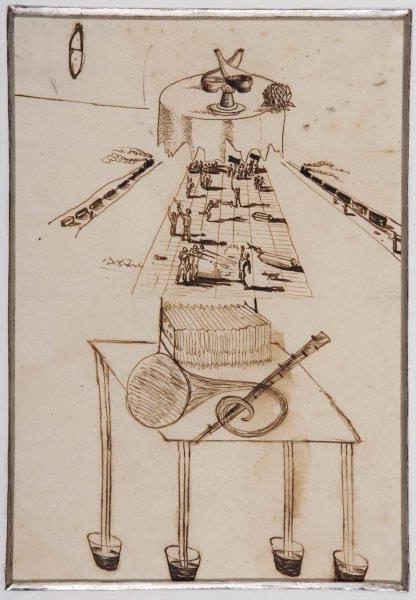

She continued to work in theater throughout her life. Her style mixed fantasy elements with elegant lines. Hugo’s designs influenced how ballet looked in the early 20th century.
Her illustrations for theater programs and posters helped promote many productions. This work made Hugo well-known to arts lovers in Paris.
Legacy and Influence
Valentine Hugo’s art and collaborations left a lasting mark on French culture. Her work bridged several artistic movements and continues to inspire today.
Enduring Artistic Legacy
Hugo’s illustrations and paintings remain admired for their dreamlike quality. Her work with the Ballets Russes influenced stage design for years. Hugo’s surrealist pieces, like her “Exquisite Corpse” drawings, are still studied by art students.
Her wood engravings for books brought classic stories to life in a new way. Hugo’s fashion illustrations captured the style of her era. Her art is now protected by copyright laws, ensuring its preservation.
Valentine Hugo’s Work in Museums
The Museum of Modern Art in New York owns some of Hugo’s pieces. Her paintings and drawings can be found in major French museums. The Pompidou Center in Paris holds a large collection of her work.
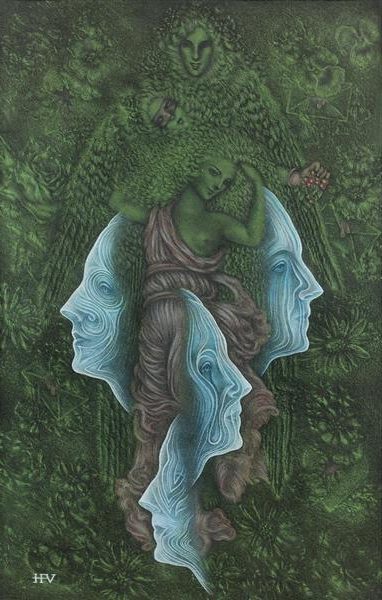
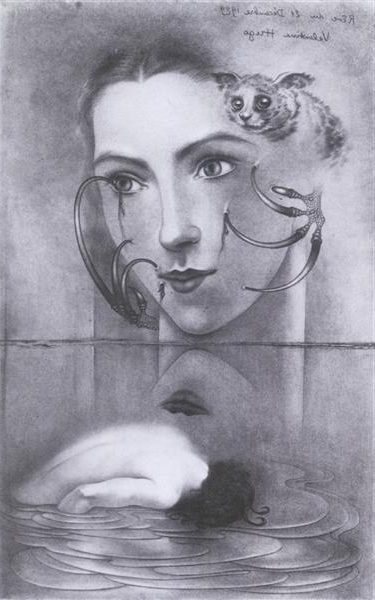
Hugo’s art was shown at the Salon of French Artists during her lifetime. Today, her pieces are featured in special exhibits on surrealism and ballet design. Museums often display her work alongside other famous artists she knew.
Frequently Asked Questions
Valentine Hugo was a French artist known for her surrealist paintings and connections to prominent cultural figures. Her work spanned multiple artistic movements in the early 20th century.
What is Valentine Hugo best known for in the art world?
Valentine Hugo is best known for her surrealist paintings and illustrations. She created dreamlike images with symbolic elements. Hugo also made costume and set designs for ballet productions.
Which artistic movements is Valentine Hugo associated with?
Hugo is mainly linked to Surrealism. She joined the Surrealist group in Paris in the 1930s. Earlier in her career, Hugo was also connected to the Dadaist movement.
Can you name some of Valentine Hugo’s most famous paintings?
Some of Hugo’s well-known works include “Les Amants” (The Lovers) from 1935. She also painted “Portrait of André Breton” in 1930. “The Lovers” from 1932 is another notable piece.
What was Valentine Hugo’s relationship with other artists of her time?
Hugo had close ties to many leading artists and writers. She was friends with poets Paul Éluard and André Breton. Hugo also knew artists like Pablo Picasso and Man Ray.
How did Valentine Hugo contribute to the Surrealist movement?
Hugo took part in Surrealist group activities and exhibitions. She created paintings that explored dreams and the subconscious. Hugo also helped organize Surrealist events and gatherings in Paris.
What were the defining features of Valentine Hugo’s landscapes?
Hugo’s landscapes often had a stark, empty quality. They showed isolated structures or objects. Her scenes created a sense of loneliness or unease through barren settings.

